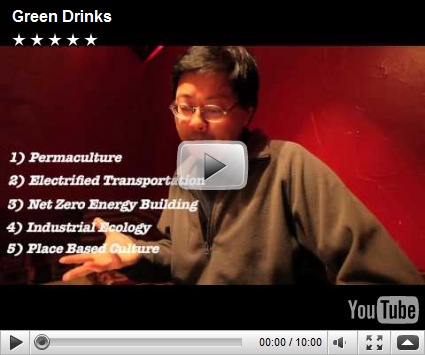Congratulations to Peter Amerongen on winning "Net-Zero Energy Home Champion of the Year" and to the team at Habitat Studio & Workshop Ltd on winning "Net-Zero Energy Home Product of the Year" for their PV Awning. I believe this is the very awning that is on Conrads house.
Check out: http://netzeroenergyhome.ca/2011-award-winners



